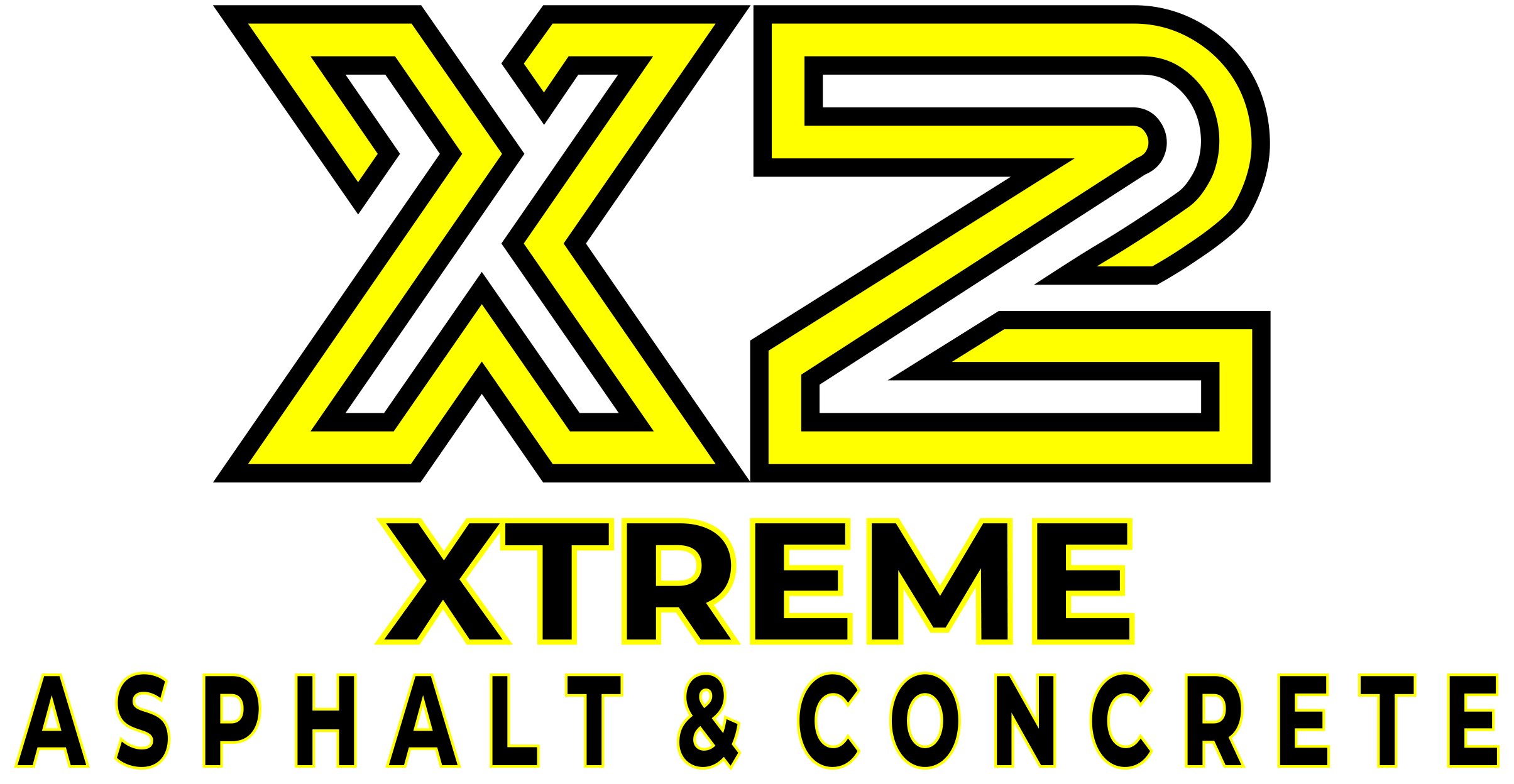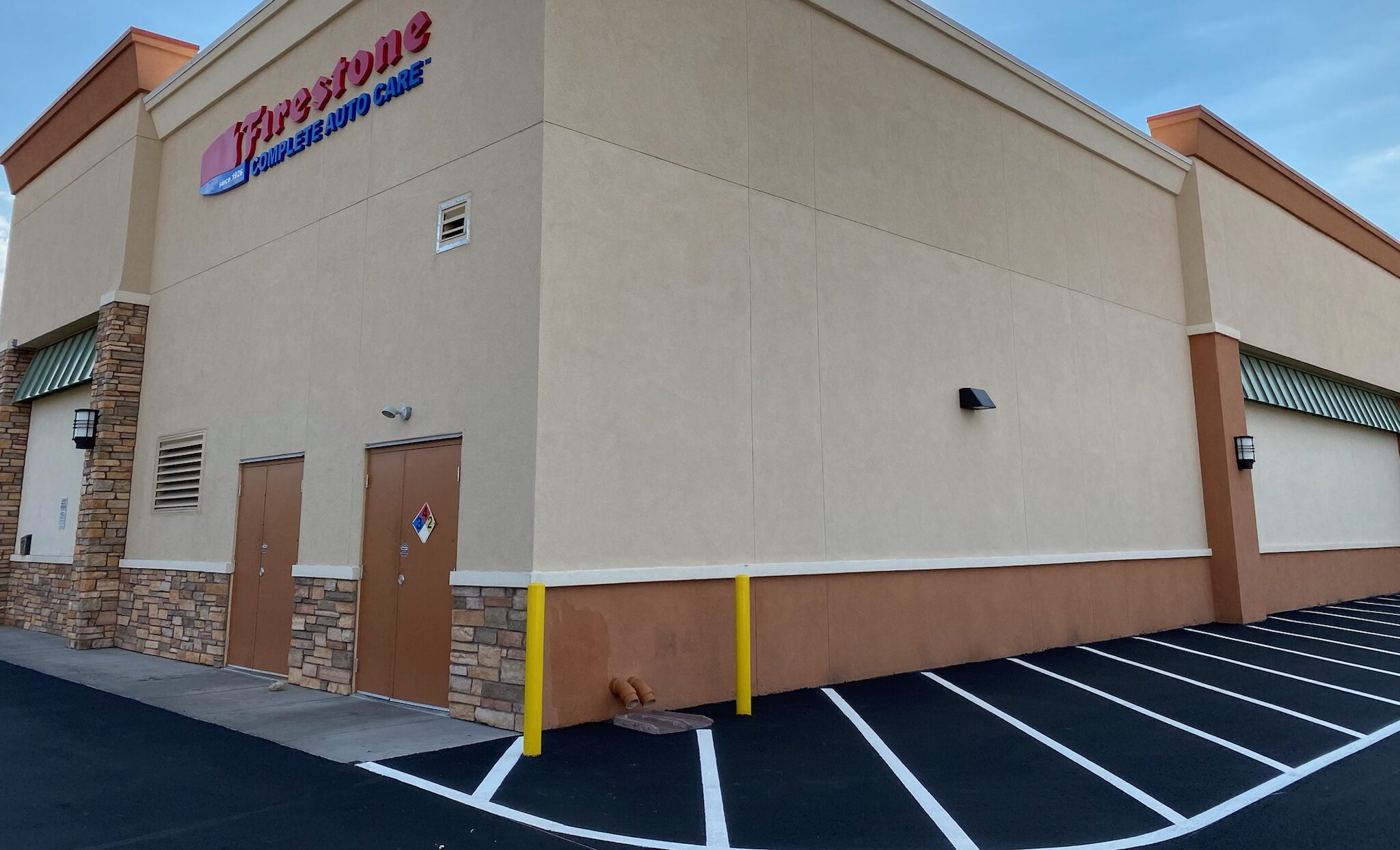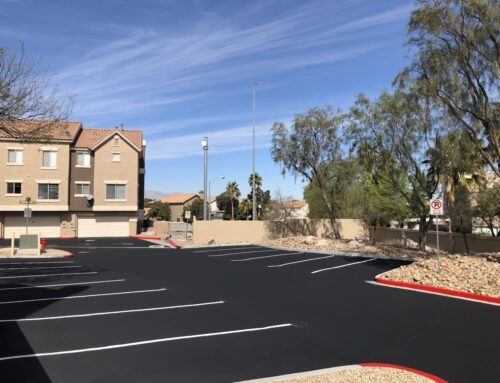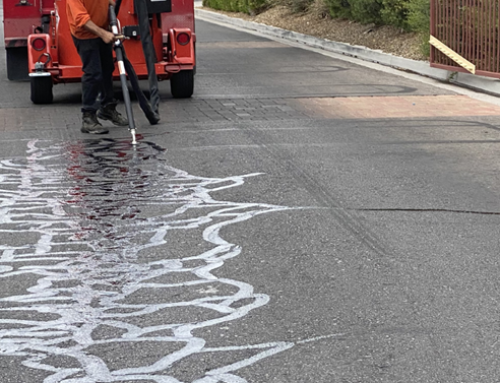What is the Purpose of Seal Coat?
Seal Coat is a surface sealant for asphalt pavement surfaces. The sealant protects asphalt by preventing water, UV rays, and chemicals from penetrating down into the asphalt. These three items are the main causes for premature damage to roadways that have not been “sealed” with a seal coat.
In the industry we often compare seal coat to sun screen lotion for the skin. When applying sunscreen we are protecting our skin from the elements to prevent burning, wrinkling, and irreversible damage to ourselves. Just like sunscreen, seal coat can make your asphalt last longer. It achieves this increase in longevity by locking the “binder” petroleum oils inside the asphalt and keeps them from drying up or eroding away.
Where does seal coat come from?
Seal coat is product that is available throughout the world and recent improvements in engineering and refining processes have led to environmentally safe materials and extraction processes for the raw materials. Here in Las Vegas, we source materials from across the country searching for the best mines with the most consistent refining rates. Consistent raw materials is absolutely vital for the seal coat manufacturing process and small variations in particle sizes or inconsistencies in viscosity of raw materials can be catastrophic for the seal coat manufacturing process. Rest assured Xtreme Seal Coat sources the finest and most consistent raw materials from across the United States.
What is Seal Coat made of?
Although the specific ingredients of seal coat are proprietary we can give a basic break down of what makes a seal coat. Seal coats consists of asphalt that is crushed to a fine particle size and liquefied through a process called emulsification. This new emulsified asphalt liquid is considered the glue that holds up aggregates such as sands and fine particles. The idea behind seal coat is two-tiered. The first task at hand for all seal coat products is to seal the surface. The second task is to install a fine layer of aggregates or fine particles within the sealant to help protect the sealant placed over the surface. This fine layer of aggregates also provides integrity to the sealant and acts as a wearing course for traffic to drive over.





